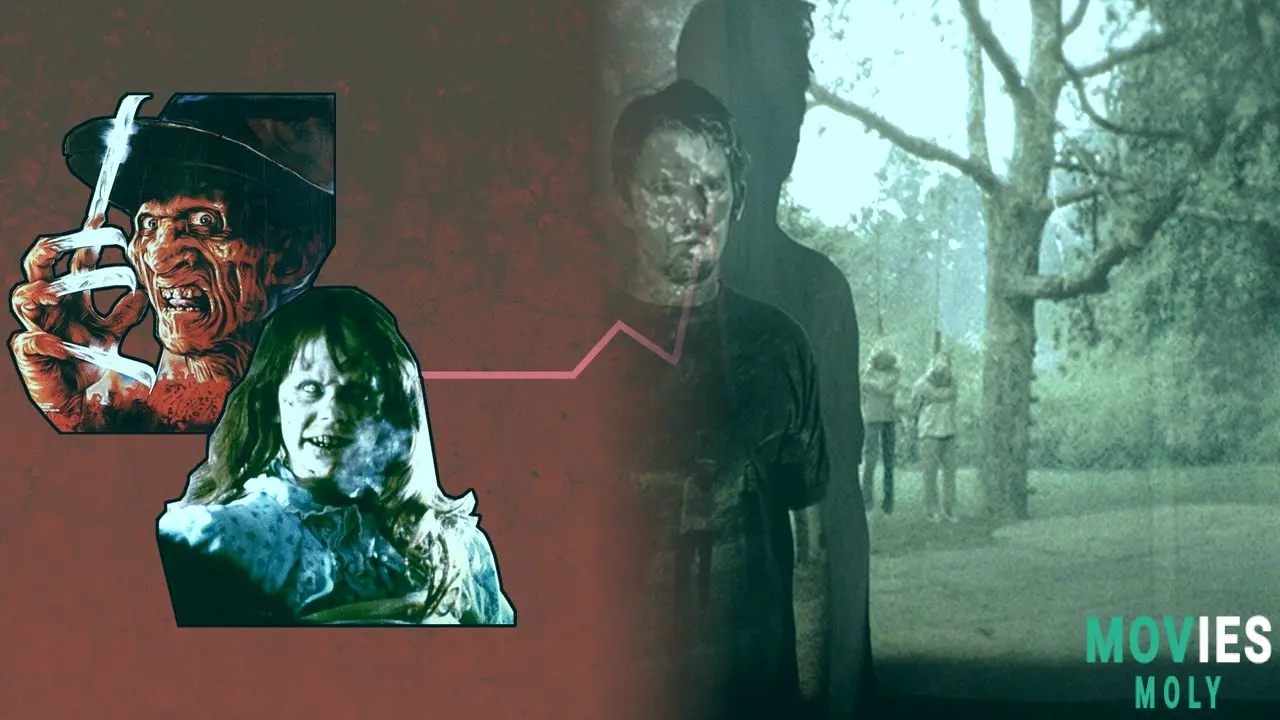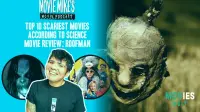Ever wondered which horror movie could truly make your heart pound out of your chest? Good news, fellow scream-seekers! A deep dive into biometric data has spilled the beans on the scariest films of 2025, and there's a clear champion that's making audiences literally jump out of their seats.
TL;DR: Quick Frights for Busy Schedules- The 2012 supernatural horror film "Sinister" has reclaimed its title as the scientifically scariest movie, boasting an average viewer heart rate of 86 BPM.
- The "Science of Scare Project" measures fear using a combination of increased heart rate (BPM) for jumps scares and decreased heart rate variability (HRV) for slow-burn dread.
- This year's Top 10 includes modern hits like "Host" and "Hereditary," alongside newer entries like "Smile 2" and the controversial "Skinamarink."
Unpacking the Fear Factor: 'Sinister' Crowned the Scariest Movie of All Time (Again!)
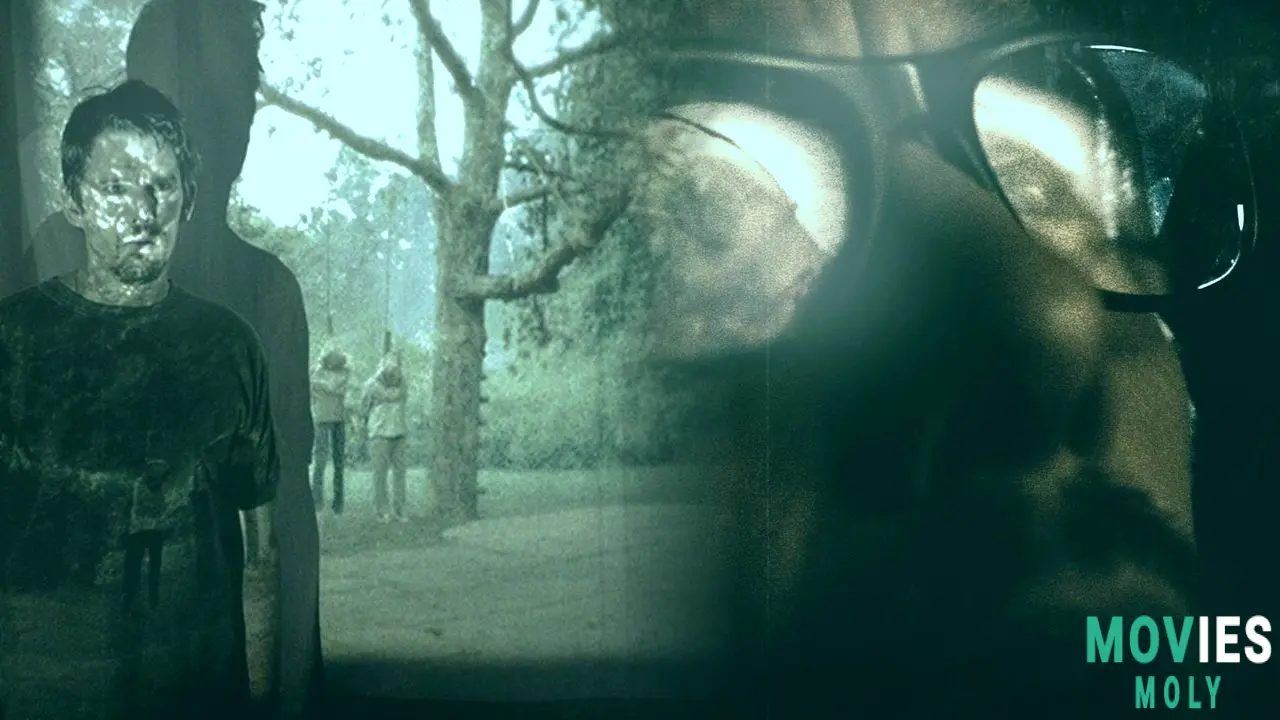
Alright, horror buffs, listen up! If you're planning your next terrifying movie marathon, science has officially weighed in. The 2012 supernatural chiller, Sinister, has once again been declared the single most terrifying film, according to the latest data from the "Science of Scare Project."
Directed by Scott Derrickson and co-written with C. Robert Cargill, Sinister stars Ethan Hawke as Ellison Oswalt, a true-crime writer desperate to recapture his past success. He moves his unsuspecting family into a house with a dark history—where a brutal murder occurred. Of course, he conveniently forgets to mention that little detail to his wife and kids. What he finds there is a box of old Super 8 home movies, which turn out to be snuff films depicting various families being murdered in truly disturbing ways. This discovery spirals into a much darker mystery involving a sinister entity known as Mr. Boogie.
So, what makes it so scary? The study found that audiences watching Sinister had an average heart rate of 86 beats per minute (BPM), which is a whopping 34% faster than the average resting heart rate of 64-65 BPM. And for its most intense moment? Viewers' heart rates shot up to a pulse-pounding 131 BPM! That’s a serious jolt of fear, making its "Scare Score" a terrifying 96 out of 100. It's that blend of grainy murder footage, eerie ambient sound, and Oswalt's psychological descent that really builds an unrelenting sense of unease.
“The Scare Score system, which combines both heart rate (measured in beats per minute BPM), and heart rate variance (measured in milliseconds, or m/s), returns for 2025. With heart rate (BPM), the higher the number, the faster the movie got our audiences’ blood pumping, an indicator of excitement and fear as part of your fight or flight instinct. On the other hand, heart rate variance (HRV), measures the time in between each beat of your heart. The lower the heart rate variance the more stressed our audience members became, a good indicator of slow burn fear and dread.”
— MoneySuperMarket on the Science of Scare Project methodologyBehind the Screams: How Scientists Measure Your Movie Night Terror
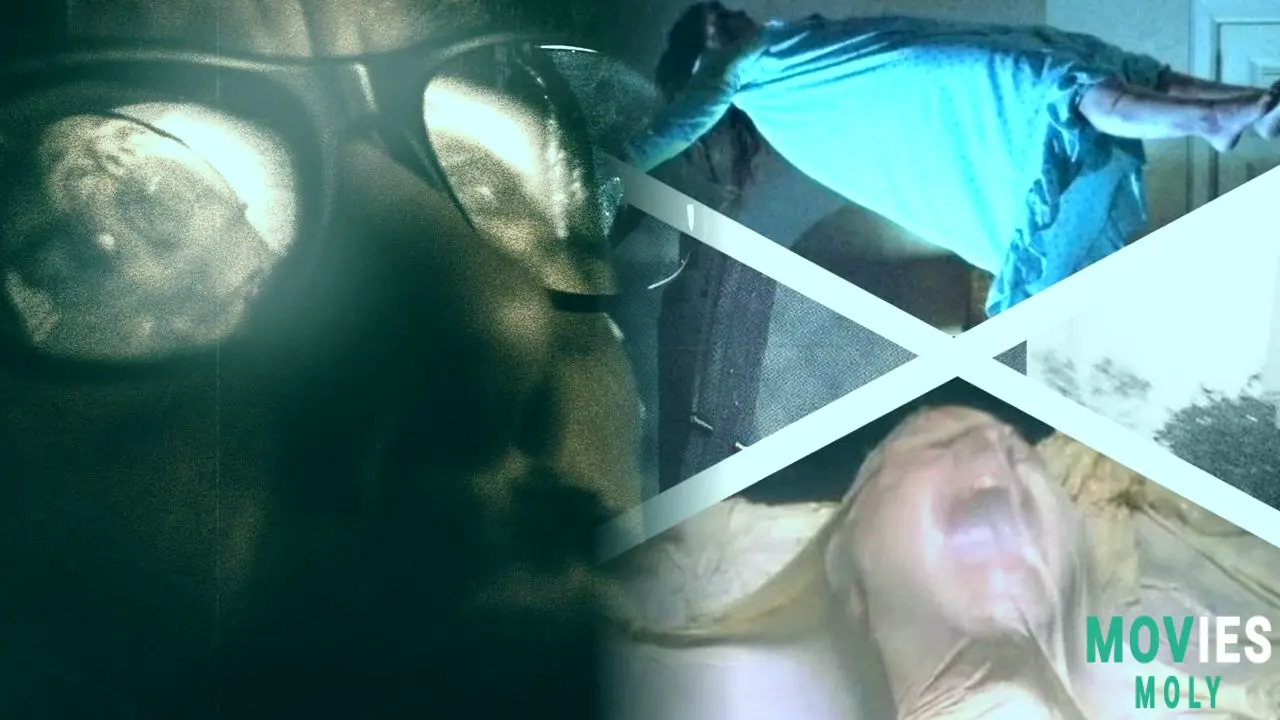
You might be wondering, "How do they even measure 'scary'?" It’s all thanks to the "Science of Scare Project," an ongoing experiment by MoneySuperMarket (with data also reported by BroadbandChoices). They gather a panel of participants – 250 brave souls, to be exact – hook them up to heart monitors, and have them binge-watch over 100 hours of English-language horror films.
The magic happens by tracking two key metrics:
- Heart Rate (BPM - Beats Per Minute): This measures how fast your blood is pumping. Higher BPM indicates excitement and fear, often triggered by jump scares or intense sequences.
- Heart Rate Variability (HRV - milliseconds): This is a fascinating one! HRV measures the time between each of your heartbeats. A lower HRV indicates a more stressed viewer, which is a key indicator of that slow-burn, psychological dread that gets under your skin.
These two scores are then combined to create a "Scare Score" out of 100. For reference, they even use an unlikely control group: Shrek, which reportedly scores a "Scare Score" of 3 out of 100. So, when a movie hits a 96 like Sinister, you know it's seriously effective at getting a rise out of its audience!
The Top 10 Scientifically Proven Scariest Movies of the Year (2025 Edition)
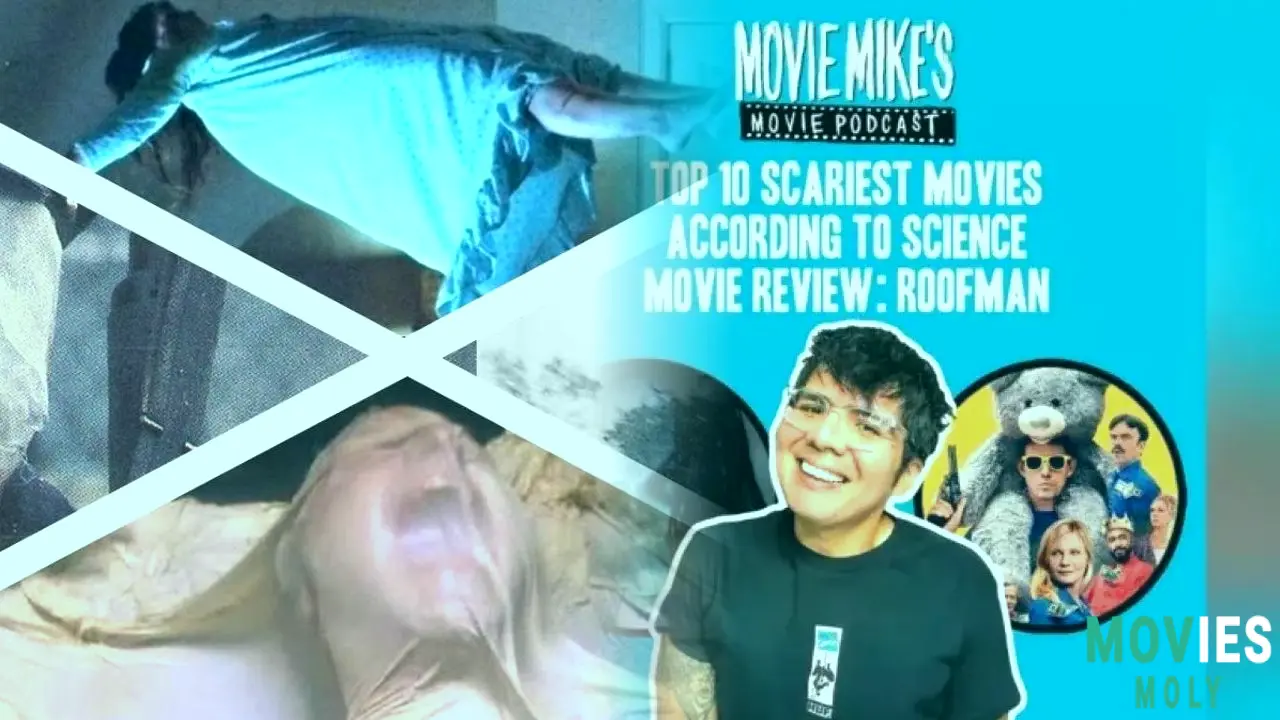
Ready to update your watchlist? Here are the top 10 movies that science says will get your heart racing and your nerves frayed, based on the 2025 "Science of Scare Project" findings:
- Sinister (2012) - Scare Score: 96/100
As discussed, this true-crime writer's quest for a story leads to horrifying discoveries and a demonic presence. It's a masterclass in sustained dread and sharp scares. Available to stream on Tubi (free), Hulu, and NOW.
- Host (2020) - Scare Score: 95/100
Made during the pandemic, this unique film takes place entirely over a Zoom call as a group of friends accidentally summon a demonic entity during an online séance. It's surprisingly effective and incredibly tense. Available to stream on Shudder.
- Skinamarink (2022) - Scare Score: 91/100
This experimental horror film follows two children who wake up to find their father, as well as the windows and doors in their home, missing. It's polarizing for its arthouse style but scientifically terrifying. Available to stream on Tubi (free).
- Insidious (2010) - Scare Score: 90/100
A family faces demonic entities when their comatose son becomes a vessel for spirits in an astral plane. Known for its intense jump scares and chilling atmosphere. Available to stream on Prime Video.
- The Conjuring (2013) - Scare Score: 88/100
The film that kicked off a massive cinematic universe, this movie follows paranormal investigators Ed and Lorraine Warren as they investigate a supernatural presence haunting a family's farmhouse. Available to stream on Netflix.
- Hereditary (2018) - Scare Score: 81/100
After their grandmother's death, a family uncovers horrifying secrets about their ancestry and tries to escape a sinister fate. A master of slow-burn psychological horror. Available to buy and rent via Prime Video and Apple TV.
- Smile 2 (2025) - Scare Score: 79/100
The sequel to Smile is even more terrifying, focusing on a pop star experiencing disturbing events as she's about to embark on a world tour. Available to stream on Paramount+.
- Smile (2022) - Scare Score: 78/100
The first chapter follows a therapist who begins to experience terrifying visions after a patient's death and must confront her past to survive. Available to stream on Paramount+.
- The Exorcism of Emily Rose (2005) - Scare Score: 76/100
Loosely based on a true story, a priest is prosecuted for the death of a girl after an exorcism goes wrong, leading to a trial that explores faith and science. Available to buy and rent via Prime Video and Apple TV.
- Talk to Me / Hell House LLC (2022/2015) - Scare Score: 75/100
Talk to Me (2022) follows teens conjuring spirits with an embalmed hand, unleashing supernatural forces. Some studies also tie Hell House LLC (2015) in with this score, a found-footage film about a haunted attraction. Talk to Me available on Netflix. Hell House LLC may vary.
The Divisive Delight: Why 'Skinamarink' Still Haunts the Top Ranks
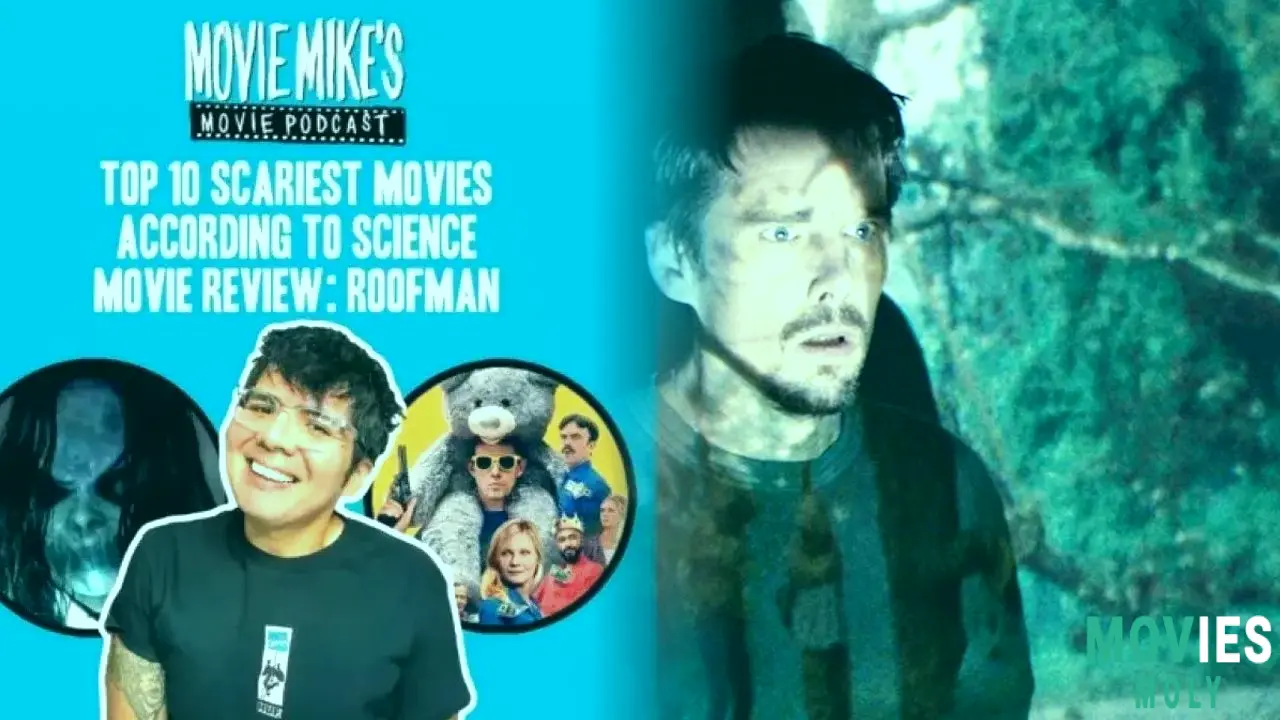
One of the most talked-about entries on the list is Skinamarink, which secured a solid third place with a Scare Score of 91. What's interesting here is that this 2022 experimental horror film has a highly polarized reception. While some viewers praised its unique, arthouse style and creepy visuals, others found it, well, "painfully boring." One reviewer on Letterboxd even stated they were "begging for it to do something, anything" during its hour-forty runtime, while another X (formerly Twitter) user admitted it was "the closest I’ve ever come to walking out a movie."
So how does a movie perceived as boring by some rank so high? It comes down to that heart rate variability (HRV). While it might not trigger rapid heart rate spikes with traditional jump scares, Skinamarink excels at creating pervasive dread and psychological unease. Its average heart rate was 20 BPM higher than resting, and it had a significant HRV difference of 22 m/s – a strong indicator of prolonged stress. So, even if your conscious mind is questioning the pacing, your subconscious might be screaming!
Beyond the Numbers: New Thrills and Enduring Classics in Horror
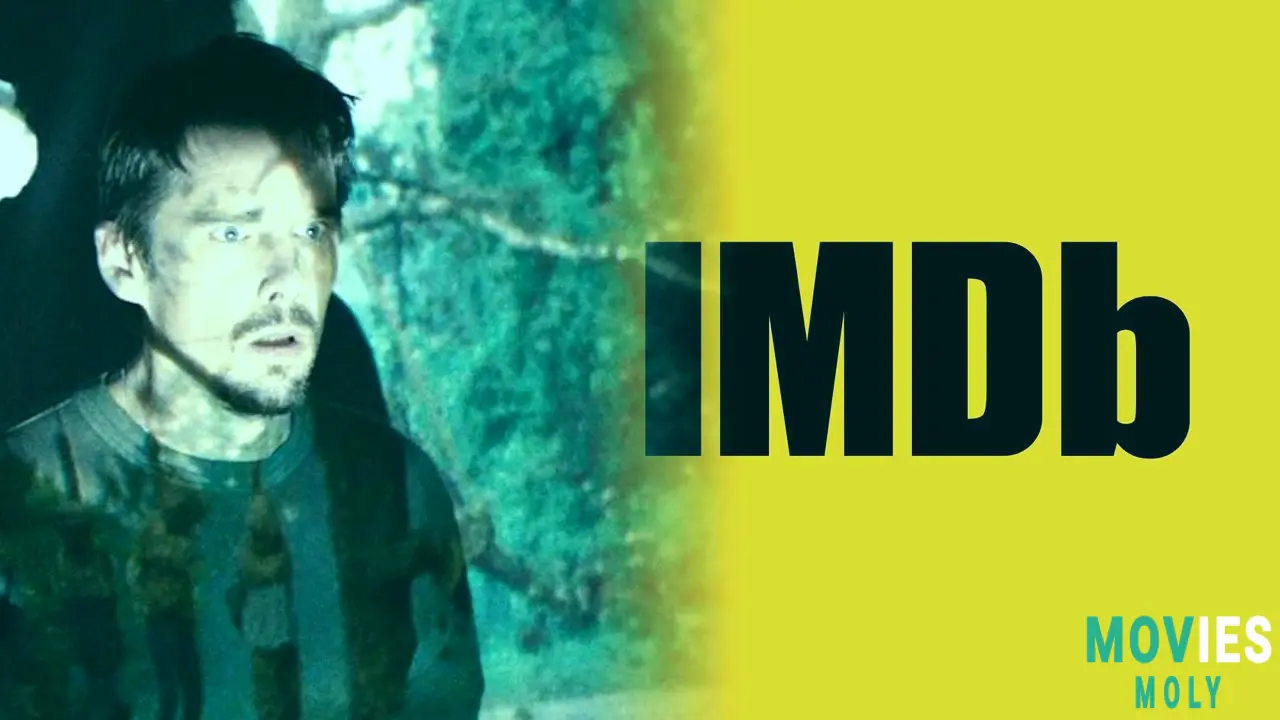
While the "Science of Scare Project" gives us objective data, horror is still deeply personal. Many classic horror films, like The Exorcist or Halloween, barely cracked a 70 on this scientific scale, despite their legendary status. This highlights that while jump scares and immediate physiological responses are measurable, the lasting impact and cultural significance of a film can't always be quantified.
Interestingly, the study also looked at some newer releases. The 2024 psychological thriller Immaculate, starring Sydney Sweeney, made it to #42, with audiences peaking at 101 BPM, but its low HRV (13 milliseconds) indicated significant stress. For 2025, only three new films cracked the top 50: Bring Her Back (highest at #24 with an average 78 BPM), The Conjuring: Last Rites (#49), and Weapons (#50).
Even seasoned horror fans like Joey Paur from GeekTyrant confessed that while he appreciated Sinister, it didn't scare him personally as much as, say, Pet Sematary did when he was younger. This reminds us that our personal history with horror profoundly shapes our perception of fear.
So, whether you lean into the scientifically proven terrors or stick to your personal favorites, this Halloween season is the perfect time to explore what truly scares you. Just remember to breathe!
Frequently Asked Questions About the Scariest Movies How can I watch 'Sinister' right now? 'Sinister' is available to stream on Tubi for free. You can also find it on Hulu and NOW. Keep in mind that Hulu is set to merge with Disney+ in the coming year, so streaming availability might shift. What is the "Science of Scare Project"? The "Science of Scare Project" is an ongoing study conducted by MoneySuperMarket (and reported by BroadbandChoices) that aims to objectively rank horror films based on their ability to elicit physiological responses in viewers. They use heart rate (BPM) and heart rate variability (HRV) to calculate a "Scare Score." Are older horror classics considered scary by science? While beloved and influential, many older classics like "The Exorcist" and "Halloween" often rank lower in these scientific studies compared to modern films. They generally score below 70, suggesting that newer films might be more effective at triggering immediate physiological fear responses in today's audiences. What's the difference between BPM and HRV in measuring fear? BPM (Beats Per Minute) measures how fast your heart beats, indicating sudden fright or excitement often caused by jump scares. HRV (Heart Rate Variability) measures the variation in time between heartbeats. A lower HRV suggests higher stress levels and is a key indicator of sustained, slow-burn psychological dread. Sources- NOWCAST: Data shows these 50 horror movies will get your heart pumping. See the full list here.
- GeekTyrant: SINISTER Is the Scariest Movie Ever Made According to Science
- That Hashtag Show: The 5 Most Frightening Movies Ever Made [Fright-A-Thon]
- FandomWire: Ethan Hawke’s Scariest Movie As Per Science Is Streaming on Platform Going Extinct in 2026
- LADbible: A new study has revealed some of the most scientifically scary films ever made, with one of the top three being a movie that was slammed as ‘painfully boring’.
- Emegypt: Top 10 Scientifically Scariest Movies, Plus Insights from ‘The C’ Director
- Fortress of Solitude: The Scariest Horror Film Of All Time Is Now Available To Watch For Free
- UNILAD: These are scariest horrors according to science
- Forbes: 10 Scariest Horror Movies According To Viewer Heart Rate
- ComicBook.com: Scientific Study Reveals 10 Scariest Movies Of All Time

